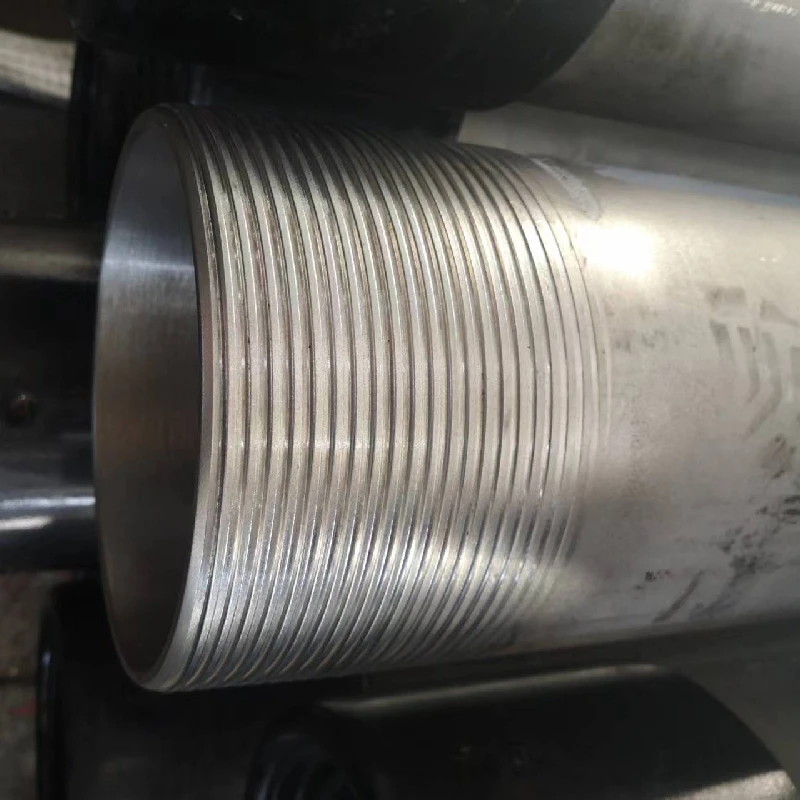- Afrikaans
- Albanian
- Amharic
- Arabic
- Armenian
- Azerbaijani
- Basque
- Belarusian
- Bengali
- Bosnian
- Bulgarian
- Catalan
- Cebuano
- Corsican
- Croatian
- Czech
- Danish
- Dutch
- English
- Esperanto
- Estonian
- Finnish
- French
- Frisian
- Galician
- Georgian
- German
- Greek
- Gujarati
- Haitian Creole
- hausa
- hawaiian
- Hebrew
- Hindi
- Miao
- Hungarian
- Icelandic
- igbo
- Indonesian
- irish
- Italian
- Japanese
- Javanese
- Kannada
- kazakh
- Khmer
- Rwandese
- Korean
- Kurdish
- Kyrgyz
- Lao
- Latin
- Latvian
- Lithuanian
- Luxembourgish
- Macedonian
- Malgashi
- Malay
- Malayalam
- Maltese
- Maori
- Marathi
- Mongolian
- Myanmar
- Nepali
- Norwegian
- Norwegian
- Occitan
- Pashto
- Persian
- Polish
- Portuguese
- Punjabi
- Romanian
- Russian
- Samoan
- Scottish Gaelic
- Serbian
- Sesotho
- Shona
- Sindhi
- Sinhala
- Slovak
- Slovenian
- Somali
- Spanish
- Sundanese
- Swahili
- Swedish
- Tagalog
- Tajik
- Tamil
- Tatar
- Telugu
- Thai
- Turkish
- Turkmen
- Ukrainian
- Urdu
- Uighur
- Uzbek
- Vietnamese
- Welsh
- Bantu
- Yiddish
- Yoruba
- Zulu
casing pup joint
Understanding Casing Pup Joints in Oil and Gas Operations
In the oil and gas industry, the efficient transportation and containment of fluids are paramount to successful operations. Casing pup joints play a critical role in this aspect of drilling and production. This article delves into the purpose, design, and significance of casing pup joints, highlighting their essential functions and considerations in the field.
What Are Casing Pup Joints?
Casing pup joints are short lengths of casing that serve as extensions or connectors in drilling operations. Typically, these joints are made from the same material as the casing itself, which is usually steel, and they are designed to match the casing's specifications in terms of diameter and thread type. Pup joints can be found in various lengths, although they are generally considered to be shorter than standard casing lengths, often measuring between 2 to 10 feet.
Functions of Casing Pup Joints
The primary function of casing pup joints is to allow for the adjustment of casing string lengths. During drilling or completion operations, it is not uncommon to require an exact height or depth for the casing string. Pup joints provide the flexibility necessary to achieve the desired lengths without compromising the integrity of the main casing string. They can be used in various scenarios, including
1. Depth Adjustment Ensuring that the casing reaches the planned depth effectively, especially when dealing with varying geological formations.
3. Operational Flexibility Allowing operators to make quick adjustments during operations without needing to cut and thread new sections of casing.
Design Considerations
casing pup joint

Pup joints must be designed to withstand the same pressures and stresses as the main casing. Therefore, it is crucial that they meet industry standards and specifications, such as those set forth by the American Petroleum Institute (API). The following aspects are essential in the design of casing pup joints
1. Material Selection High-quality steel is commonly used due to its durability and strength. The material must be resistant to corrosion and suitable for the specific environment in which it will be deployed.
2. Thread Compatibility Pup joints must have the appropriate threads that match the casing being used. Various thread types exist, such as buttress and API round threads, and compatibility is essential to ensure a leak-proof connection.
3. Pressure Rating Pup joints come with different pressure ratings. It is vital to select joints capable of withstanding the maximum expected pressure in the well.
Applications of Casing Pup Joints
Casing pup joints are utilized in various stages of oil and gas operations, including
- Drilling Operations They can be employed to adjust the casing string length or to transition between different casing sizes. - Production and Completion Within completed wells, pup joints may be used to facilitate the installation of production tubing or other downhole equipment.
- Workovers and Maintenance When wells require maintenance or intervention, pup joints allow operators to modify casing configurations efficiently.
Conclusion
In summary, casing pup joints are integral to the oil and gas industry, providing essential solutions for casing operations. Their ability to offer flexibility and precision during drilling and completion operations makes them indispensable tools for engineers and operators alike. With their design ensuring compatibility and strength, casing pup joints facilitate the efficient and safe extraction of hydrocarbons. Understanding their role underscores the complexity and sophistication of modern oil and gas operations, revealing how even the smallest components can have significant impacts on overall efficiency and productivity. As the industry continues to evolve with emerging technologies and methodologies, the importance of high-quality casing pup joints will undoubtedly remain a key focus for successful operations.
-
Tubing Pup Joints: Essential Components for Oil and Gas OperationsNewsJul.10,2025
-
Pup Joints: Essential Components for Reliable Drilling OperationsNewsJul.10,2025
-
Pipe Couplings: Connecting Your World EfficientlyNewsJul.10,2025
-
Mastering Oilfield Operations with Quality Tubing and CasingNewsJul.10,2025
-
High-Quality Casing Couplings for Every NeedNewsJul.10,2025
-
Boost Your Drilling Efficiency with Premium Crossover Tools & Seating NipplesNewsJul.10,2025







